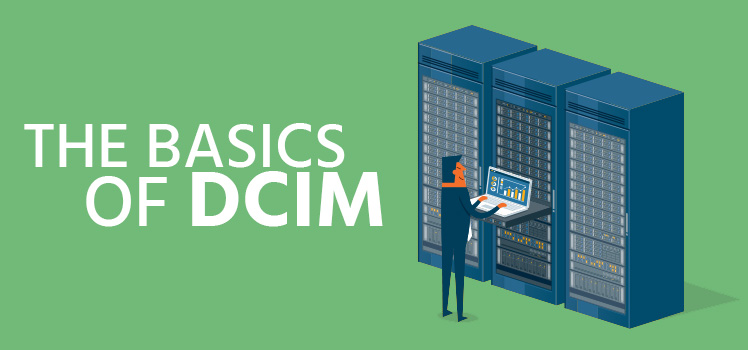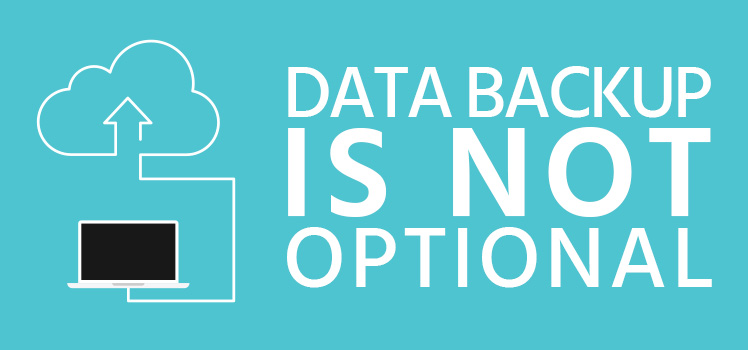Is Tier IV Certification Worth It?
In a previous article about Uptime Institute, we talked about the different types of certification a company can obtain. Achieving tier certification from Uptime Institute can cost a lot of time and money, but it can be pretty important. According to Colocation America Corporation, “If you’re in the data center business and not familiar with The Uptime Institute’s tier ratings, then you’re probably not a very good data center company.” So the higher the rating the better, right? And every data center should go for the top tier, shouldn’t they? Not exactly.
What Is Tier Certification?
A LinkedIn article by Mohammed Abusaa gives us a good summary of the tier certification program from the Uptime Institute. There are four levels of certification, and each can be described with a couple of words:
- Tier I — basic infrastructure
- Tier II — redundancy components
- Tier III — concurrent maintainability
- Tier IV — fault tolerant
Each level has its own distinct characteristics and qualifications that are recognized by a reliable authority. The Uptime Institute says that it’s about “worldwide accountability”. They describe their unique position this way: “Uptime Institute Professional Services is the only firm licensed to rate and certify designs, constructed facilities, and ongoing operations against the Uptime Institute’s Tier Classification System and Operational Sustainability criteria.” Tier certification is a mature process that is decades old.
Tier IV and Business Objectives
However, Tier IV is not for everyone. One of the myths of Uptime Institute’s tier certification system, according to their website, is that Tier IV is the best. The organization’s statement on the matter explains it well:
“Tier IV is not the best answer for all organizations, and neither is Tier II. Owners should perform due diligence assessments of their facilities before determining a Tier objective. If no business objective is defined, then Tiers may be misused to rationalize unnecessary investment.”
So what are the objectives of Tier IV? Uptime Institute says that “rigorous uptime requirements” and “long-term viability” are valid reasons to choose Tier III or Tier IV. An article from Volico tells us that for Tier IV data centers “You can expect less than 20 minutes of downtime during an entire year, most likely spread out during non-business hours and barely noticeable.” That’s an uptime of around 99.995%.
Should You Go for Tier IV?
An article on datacenters.com compares Tiers III and IV, and asks “Is a Tier IV data center worth the extra cost?” The writer quotes consultant Rahul Shewale of India: “It all depends on the kind of reliability and service level agreements with the end client under which the servers in the data center are hosted.” He says that Tier III can be more efficient and cost-effective. Another data center professional says that the expense of Tier IV installation “is a waste in my opinion”.
These quotes come from the archives of datacenterdynamics.com, according to the article. A final quote we borrow is from William Angle of Baltimore. He says that “almost 60% of all infrastructure failures occur because of people, not because of infrastructure equipment failure.” Angle believes that operations are just as important as design.
In the end, your tier certification decisions may come down to cost. Balancing reliability and function against cost is an age-old dilemma in the world of technology.
Why Is Tier IV So Expensive?
The sticking point appears to the power supply. As the UK company Teledata points out, “For a data centre to meet the requirements of Tier 4, it needs a standby mains power supply.” And that can run in to a lot of money, whether it’s dollars or pounds. Tier IV standards call for 96-hour power protection.
The infrastructure is basically double that of Tier III. Have a look at the power diagram for a Tier IV data center in this article from Colocation America. Volica says that “power storage and distribution is not fault tolerant in a Tier 3 facility”. They also say that the 2N+1 fully redundant infrastructure of Tier IV is the main difference with Tier III.
Conclusion
Obviously, there are many considerations when planning a data center. Much of that is dependent on the type of clients who will be using it. Will they be high-profile companies or government agencies where virtually 100% fault tolerance is an absolute must? Then those clients should be prepared to pay more for the highest level of tier certification offered by the Uptime Institute. Perhaps it all boils down the service level agreements between the data center provider and their clients. As the saying goes, you get what you pay for.
 What is an Application Delivery Network?
What is an Application Delivery Network?  Global Server Load Balancing (GSLB)
Global Server Load Balancing (GSLB)  Measuring Failure
Measuring Failure 


